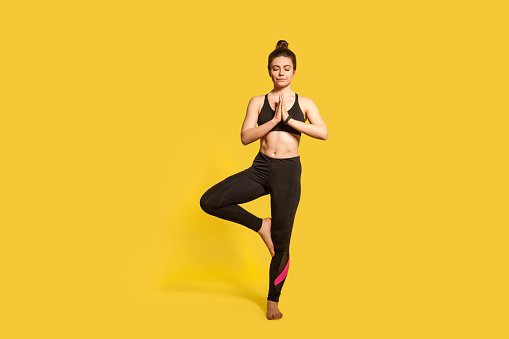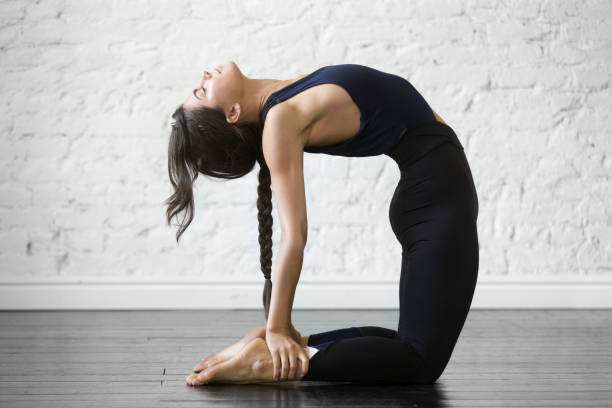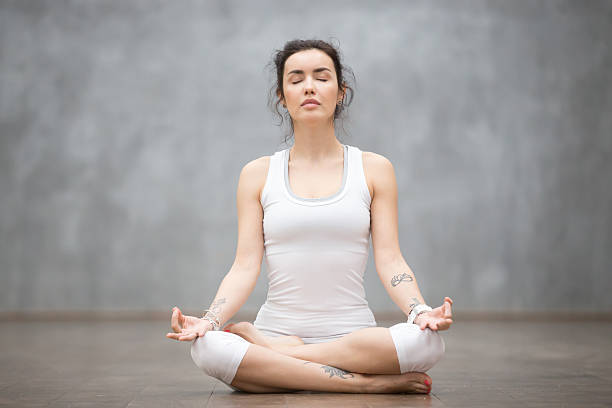Yoga For Beginners
Find a quality teacher. An experienced yoga instructor can provide a great deal of insight and guidance as you practice.
Learn some poses ahead of time.
Wear comfortable clothing.
Use a clean non-slip mat.
Modify for your body and needs.
Begin where you are.
Avoid making comparisons.
Go slow.
Focus on your foundation
Stay hydrated
Remove distractions
Set an intention
Breathe
Eat mindfully
Respect your body's limits
Savor Shavasana
Maintain a regular yoga practice
There Are 5 Types Of Poses

Standing Poses
Standing poses are often done first in a yoga class to "build heat" and warm you up. In vinyasa/flow style yoga, standing poses are strung together to form long sequences. In Hatha classes, you may do the standing poses individually with rest between each pose.

Balancing Poses
Beginners' balance are an important way to build the core strength necessary for many of yoga's more advanced postures. Though balance may seem difficult at first, you will find that you can improve markedly with regular practice.

Backbends
As a beginner, you will generally begin with gentle spine flexion and extension, eventually moving to deeper bends. Since you rarely move like this in daily life, backbends are essential for spinal health and longevity.

Seated Poses
Seated stretches, which often focus on stretching the hips and hamstrings, are usually done toward the end of a yoga class after the body is warm. Placing a folded blanket or a block under your seat is an excellent way to make yourself more comfortable in these postures.

Resting Or Supine Poses
It's essential to get to know your resting poses, especially child's pose, which you are encouraged to do whenever you need a break during a yoga session. These resting poses continue the hip and hamstring work of the seated poses and provide gentle back-bending, twisting, and inversion.

